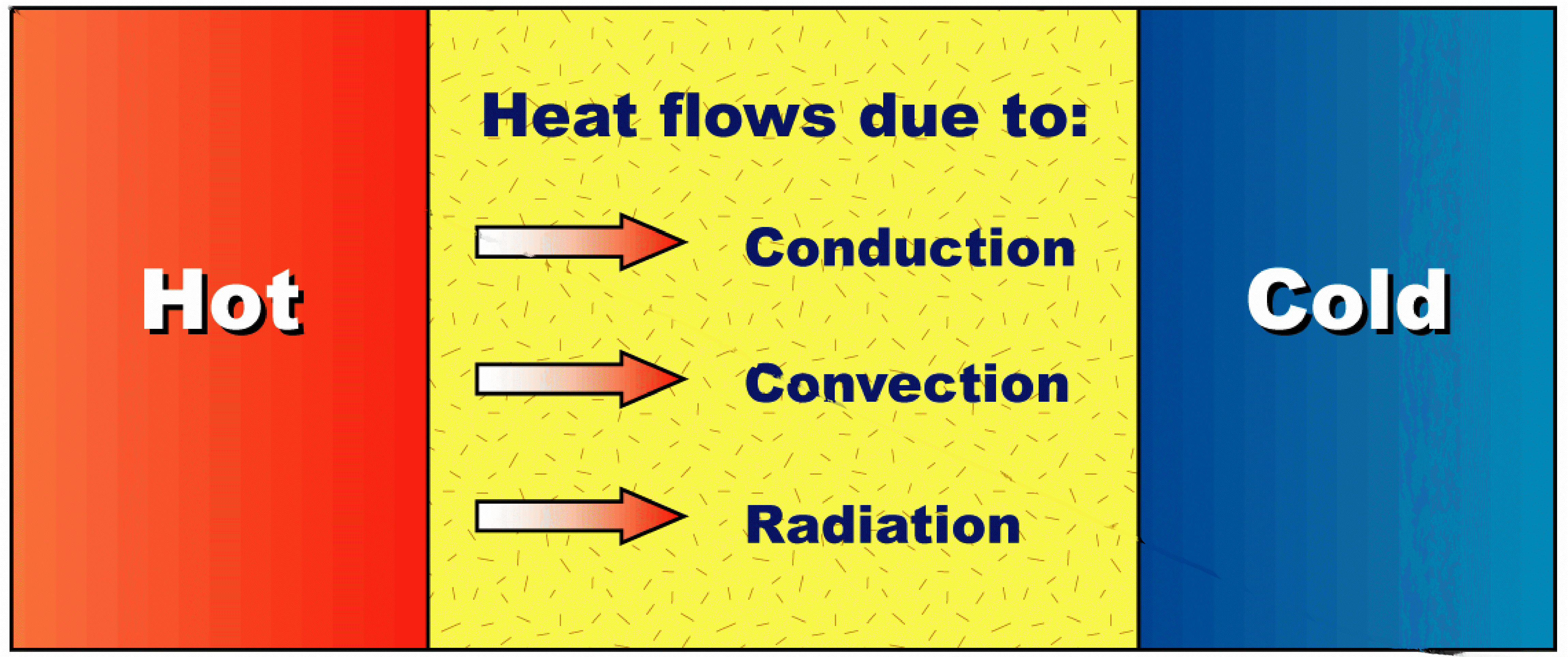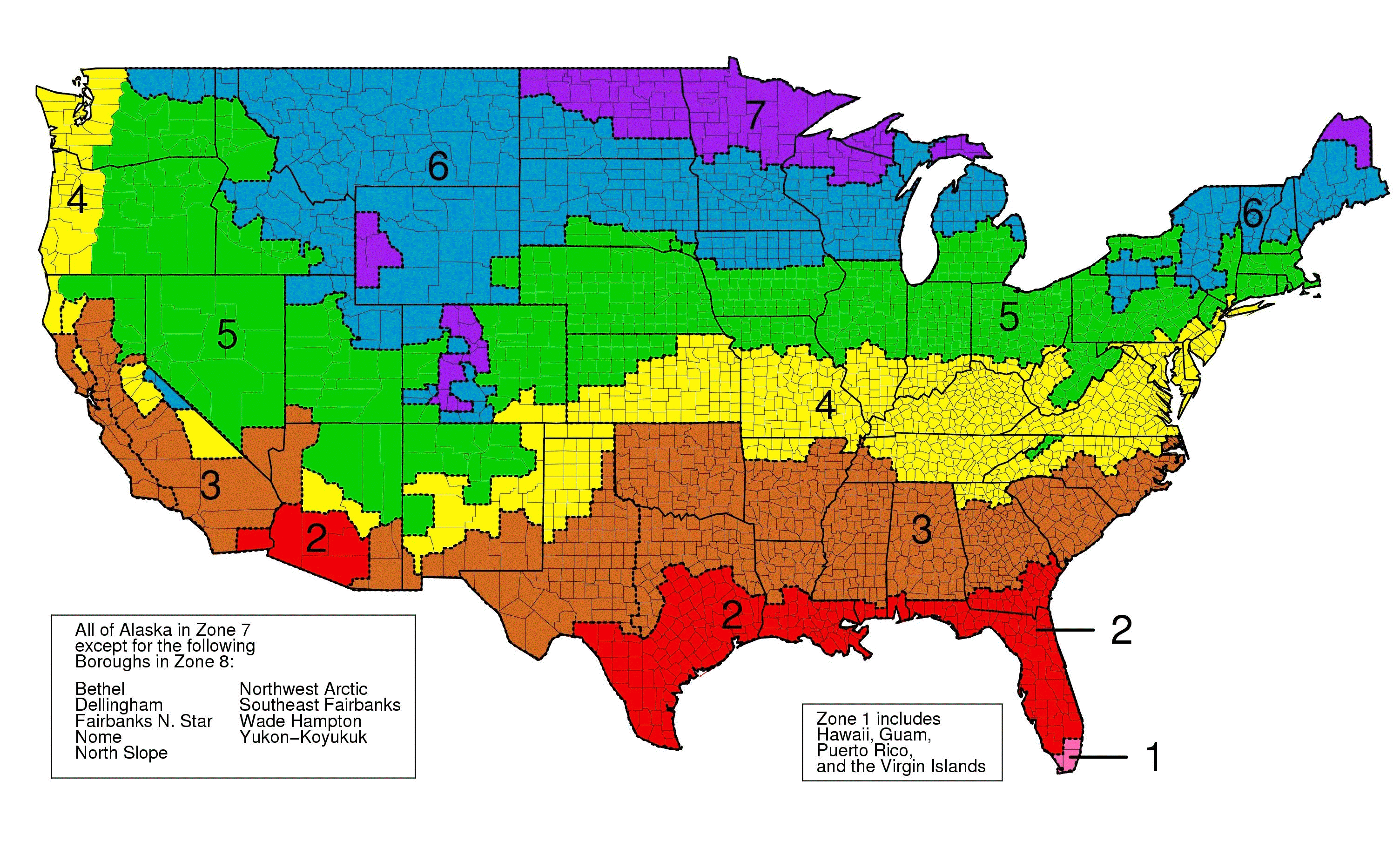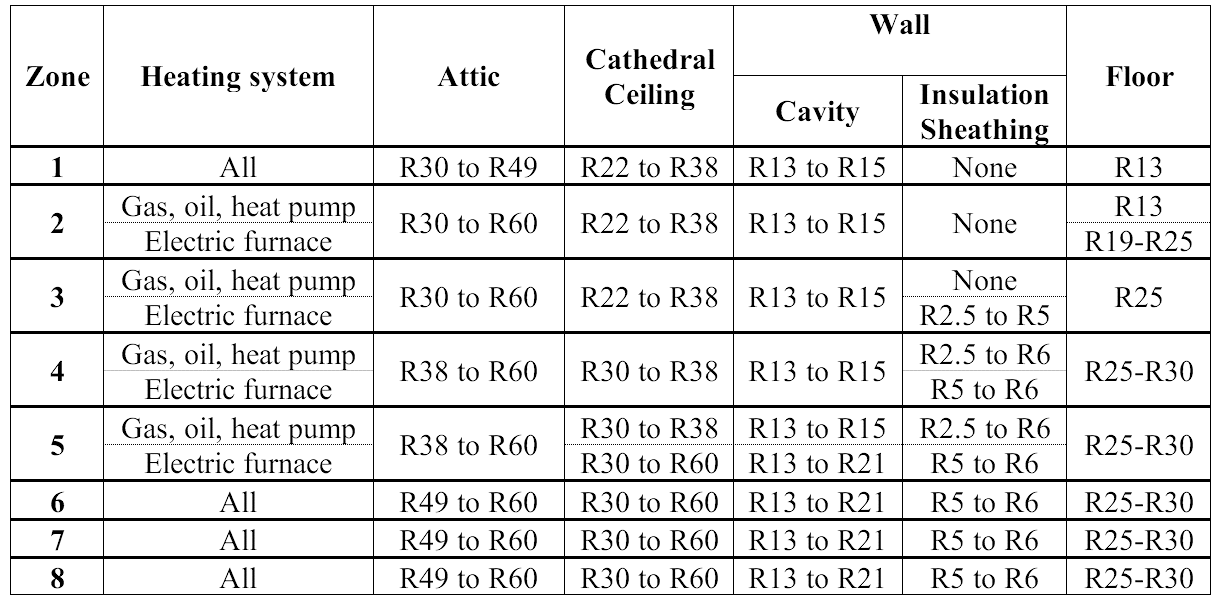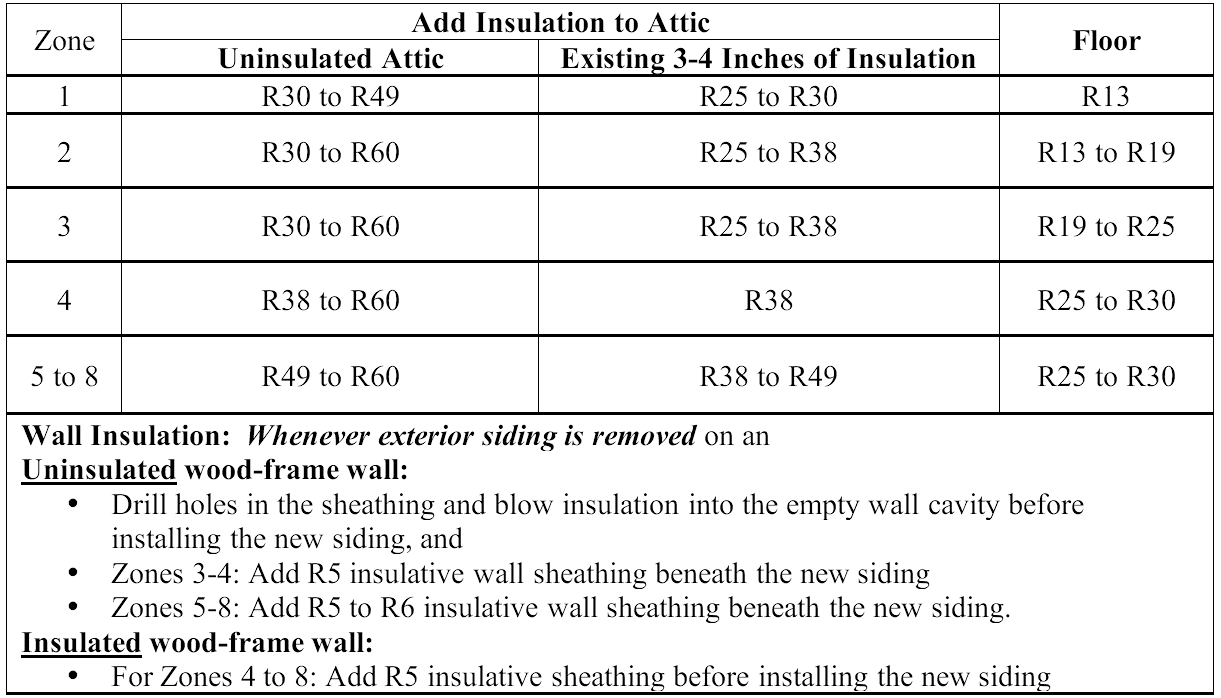R-Value Introduction
Why Insulate Your House?
Heating and cooling account for 50 to 70% of the energy used in the average American home. Inadequate insulation and air leakage are leading causes of energy waste in most homes. Insulation:>/
- saves money and our nation's limited energy resources
- makes your house more comfortable by helping to maintain a uniform temperature throughout the house, and
- makes walls, ceilings, and floors warmer in the winter and cooler in the summer.
The amount of energy you conserve will depend on several factors: your local climate; the size, shape, and construction of your house; the living habits of your family; the type and efficiency of the heating and cooling systems; and the fuel you use. Once the energy savings have paid for the installation cost, energy conserved is money saved - and saving energy will be even more important as utility rates go up.
This fact sheet will help you to understand how insulation works, what different types of insulation are available, and how much insulation makes sense for your climate. There are many other things you can do to conserve energy in your home as well.
How Insulation Works

Heat flows naturally from a warmer to a cooler space. In winter, the heat moves directly from all heated living spaces to the outdoors and to adjacent unheated attics, garages, and basements - wherever there is a difference in temperature. During the summer, heat moves from outdoors to the house interior. To maintain comfort, the heat lost in winter must be replaced by your heating system and the heat gained in summer must be removed by your air conditioner. Insulating ceilings, walls, and floors decreases the heating or cooling needed by providing an effective resistance to the flow of heat.
Batts, blankets, loose fill, and low-density foams all work by limiting air movement. (These products may be more familiarly called fiberglass, cellulose, polyicynene, and expanded polystyrene.) The still air is an effective insulator because it eliminates convection and has low conduction. Some foams, such as polyisocyanurate, polyurethane, and extruded polystyrene, are filled with special gases that provide additional resistance to heat flow.
Reflective insulation works by reducing the amount of energy that travels in the form of radiation. Some forms of reflective insulation also divide a space up into small regions to reduce air movement, or convection, but not to the same extent as batts, blankets, loose-fill, and foam.
More Information on R-Value
About This Fact Sheet
The DOE Insulation Fact Sheet offers helpful advice on insulating your existing house and supplies information you need to know if you are building a new home. It is available in PDF Version also.
The insulation levels recommended in this Fact Sheet were chosen based on a life-cycle cost analysis. This analysis includes many assumptions about system efficiencies, and what rate of return you would like to earn on your investment. If you want to find out more about how the recommended insulation levels were chosen, please see the Supporting Documentation.
2002 Addendum to Supporting DocumentationSupporting Documentation
Prepared by
Oak Ridge National Laboratory
Oak Ridge, Tennessee 37831-6283
managed by
UT-Battelle LLC
for the
U.S. DEPARTMENT OF ENERGY
under contract DE-AC05-00OR22725
for
The Building Technology Program
Office of Energy Efficiency and Renewable Energy
1000 Independence Avenue, SW
Washington, DC 20585-0121
Remember to buy the insulation based on the recommended R-value, and to check the product label to determine the insulation's proper thickness.
For more information:
Contact the facility manager for Building Envelope Research:
Andre O. Desjarlais
Oak Ridge National Laboratory
P. O. Box 2008, MS 6070
Oak Ridge, TN 37831-6070
E-mail: desjarlaisa@ornl.gov
Where to Insulate

Figure 2. Insulation Recommendations for New Wood-Framed Houses


Figure 3. Insulation Recommendations for Existing Wood-Framed Houses



